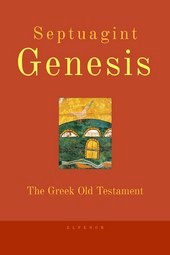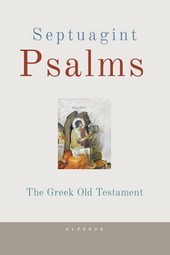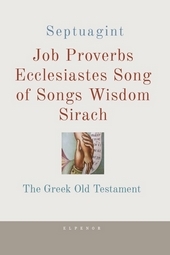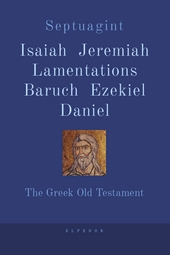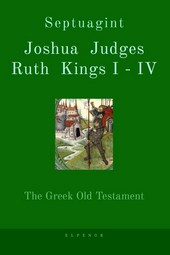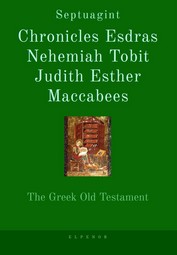It is from the second and fourth sections that the poem takes its name. At first sight such a work seems to be a miscellany of myths, technical advice, moral precepts, and folklore maxims without any unifying principle; and critics have readily taken the view that the whole is a canto of fragments or short poems worked up by a redactor. Very probably Hesiod used much material of a far older date, just as Shakespeare used the “Gesta Romanorum”, old chronicles, and old plays; but close inspection will show that the “Works and Days” has a real unity and that the picturesque title is somewhat misleading. The poem has properly no technical object at all, but is moral: its real aim is to show men how best to live in a difficult world. So viewed the four seemingly independent sections will be found to be linked together in a real bond of unity. Such a connection between the first and second sections is easily seen, but the links between these and the third and fourth are no less real: to make life go tolerably smoothly it is most important to be just and to know how to win a livelihood; but happiness also largely depends on prudence and care both in social and home life as well, and not least on avoidance of actions which offend supernatural powers and bring ill-luck. And finally, if your industry is to be fruitful, you must know what days are suitable for various kinds of work. This moral aim–as opposed to the currently accepted technical aim of the poem–explains the otherwise puzzling incompleteness of the instructions on farming and seafaring.
Of the Hesiodic poems similar in character to the “Works and Days”, only the scantiest fragments survive. One at least of these, the “Divination by Birds”, was, as we know from Proclus, attached to the end of the “Works” until it was rejected by Apollonius Rhodius: doubtless it continued the same theme of how to live, showing how man can avoid disasters by attending to the omens to be drawn from birds. It is possible that the “Astronomy” or “Astrology” (as Plutarch calls it) was in turn appended to the “Divination”. It certainly gave some account of the principal constellations, their dates of rising and setting, and the legends connected with them, and probably showed how these influenced human affairs or might be used as guides. The “Precepts of Chiron” was a didactic poem made up of moral and practical precepts, resembling the gnomic sections of the “Works and Days”, addressed by the Centaur Chiron to his pupil Achilles.
